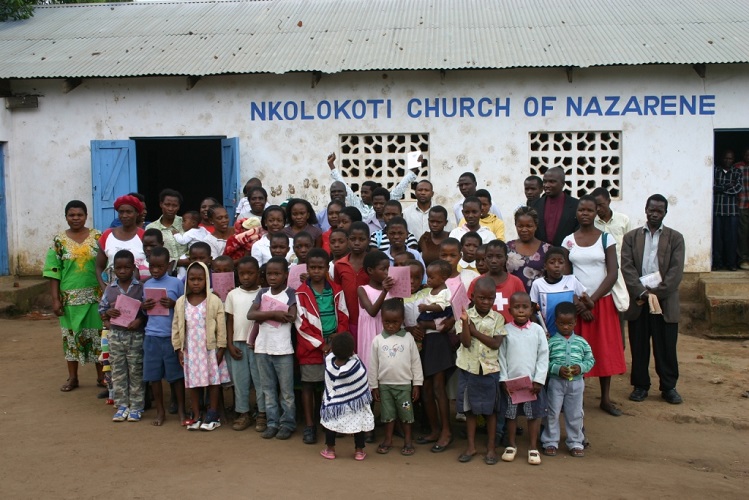Like all human cultures, African folklore and religion represents a variety of social facets of the various cultures in Africa. Like almost all civilizations and cultures, flood myths have been circulating in different parts of Africa. Culture and religion share space and are deeply intertwined in African cultures. In Ethiopia, Christianity and Islam form the core aspects of Ethiopian culture and inform dietary customs as well as rituals and rites. According to a Pygmy myth, Chameleon, hearing a strange noise in a tree, cut open its trunk and water came out in a great flood that spread all over the land.
Folktales also play an important role in many African cultures. Stories reflect a group cultural identity and preserving the stories of Africa will help preserve an entire culture. Storytelling affirms pride and identity in a culture. In Africa, stories are created by and for the ethnic group telling them. Different ethnic groups in Africa have different rituals or ceremonies for storytelling, which creates a sense of belonging to a cultural group. To outsiders hearing an ethnic group's stories, it provides an insight into the community's beliefs, views, and customs. For people within the community, it allows them to encompass their group's uniqueness. They show the human desires and fears of a group, such as love, marriage, and death. Folktales are also seen as a tool for education and entertainment. They provide a way for children to understand the material and social environment. Every story has a moral to teach people, such as good will prevail over evil. For entertainment, stories are set in fantastic, non-human worlds. Often, the main character of the story would be a talking animal or something unnatural would happen to human character. Even though folktales are for entertainment, they bring a sense of belonging and pride to communities in Africa.


Walang komento:
Mag-post ng isang Komento